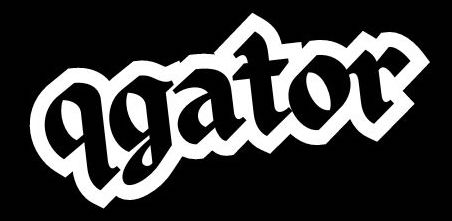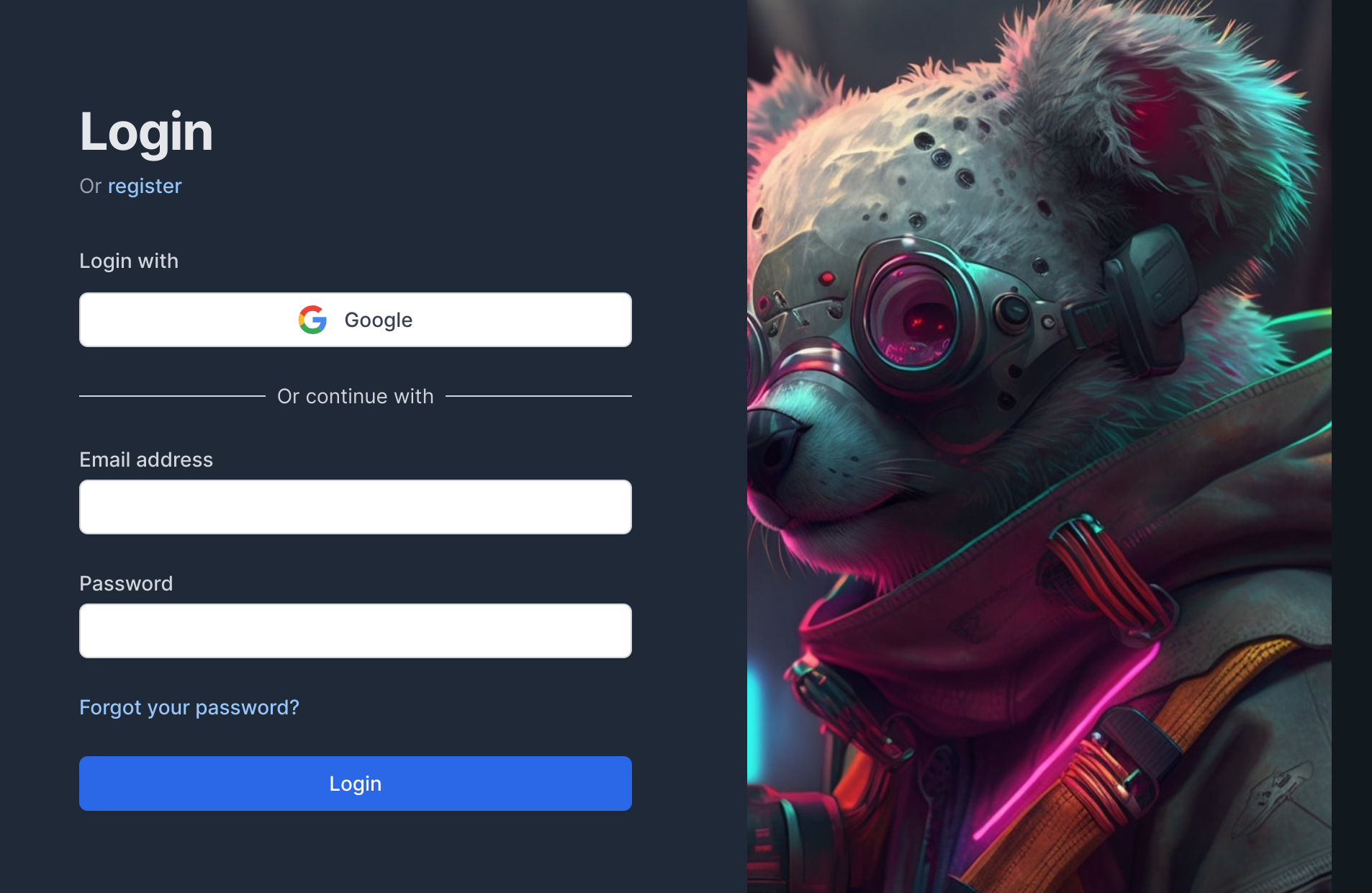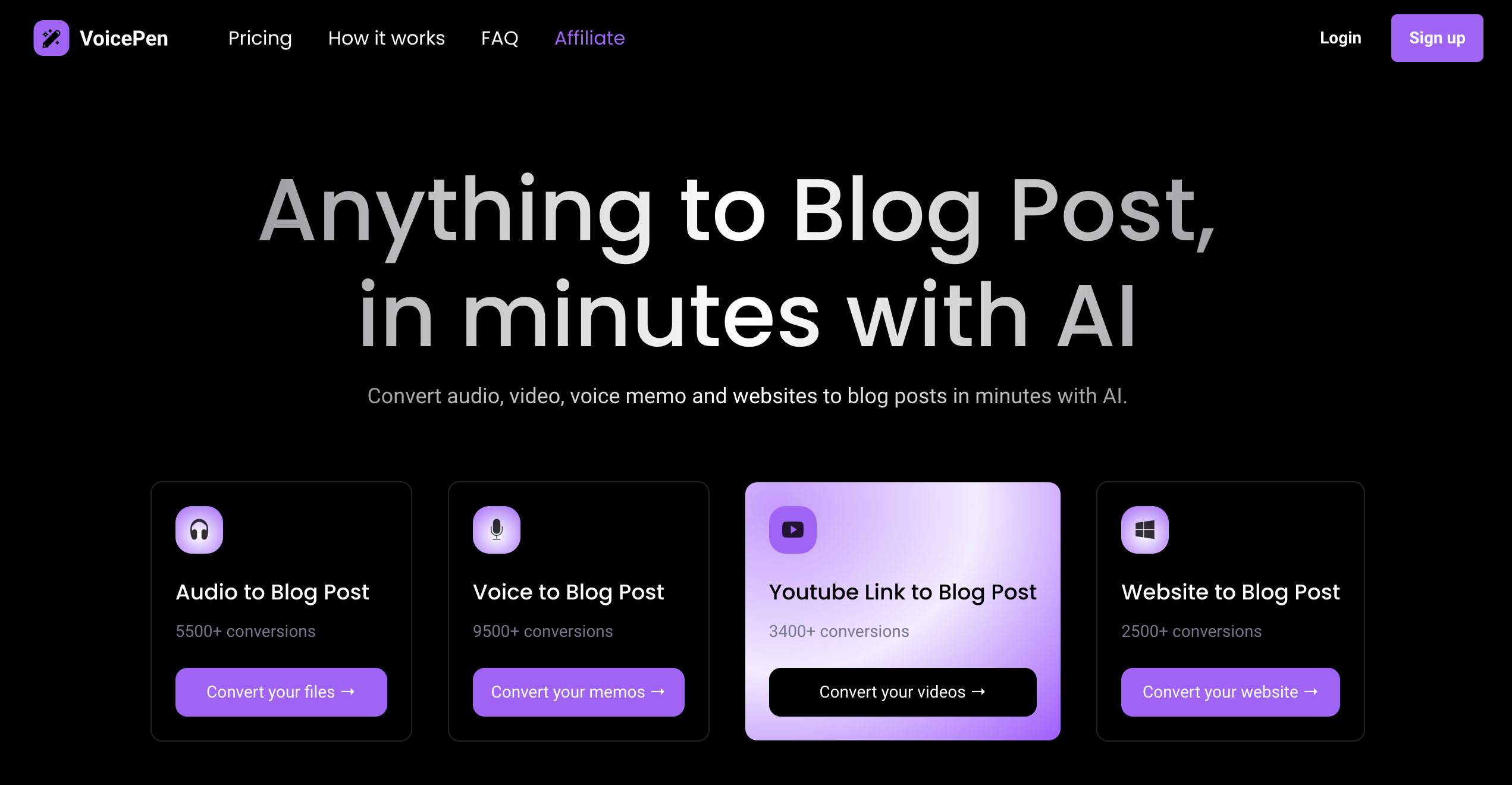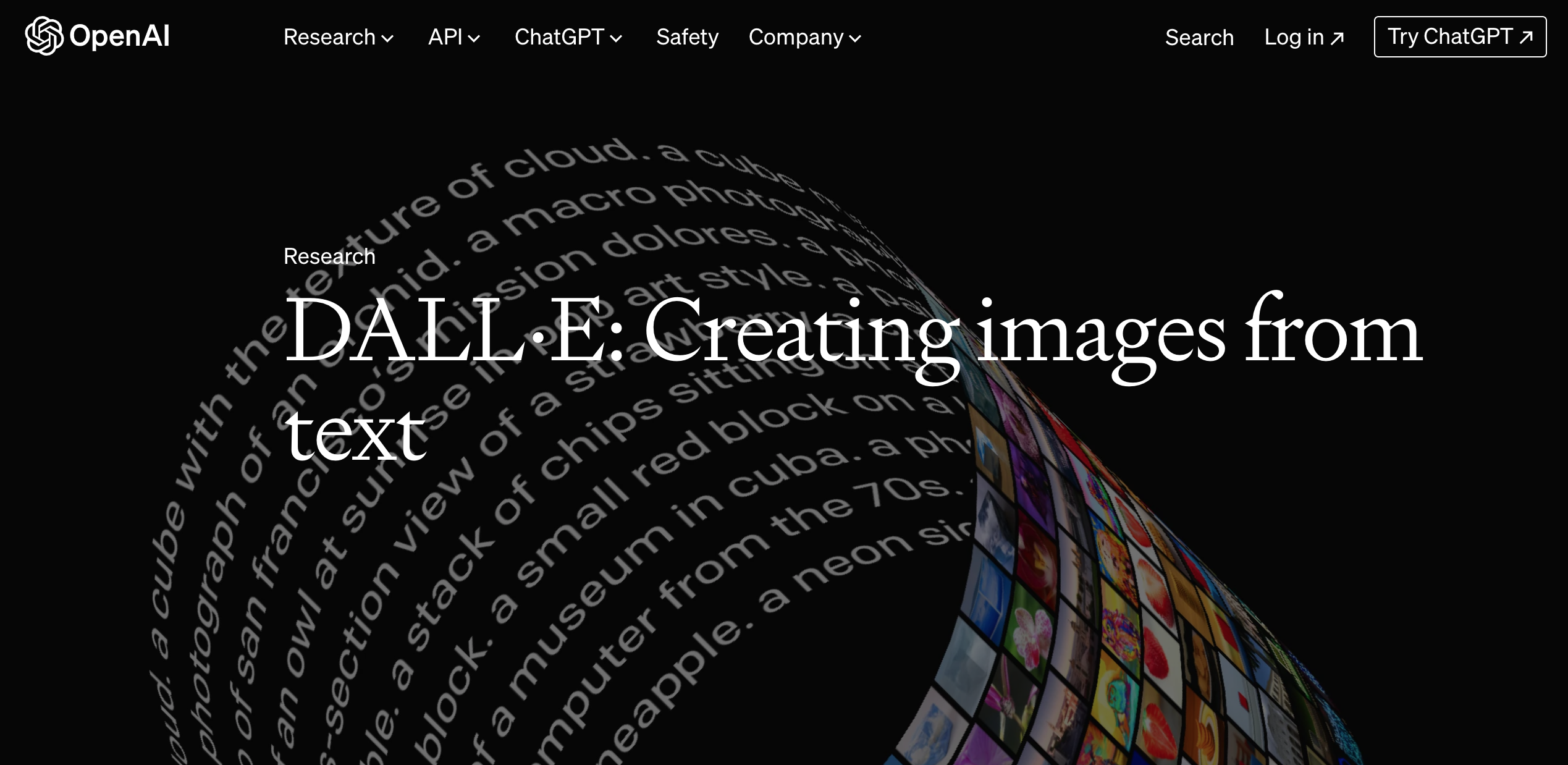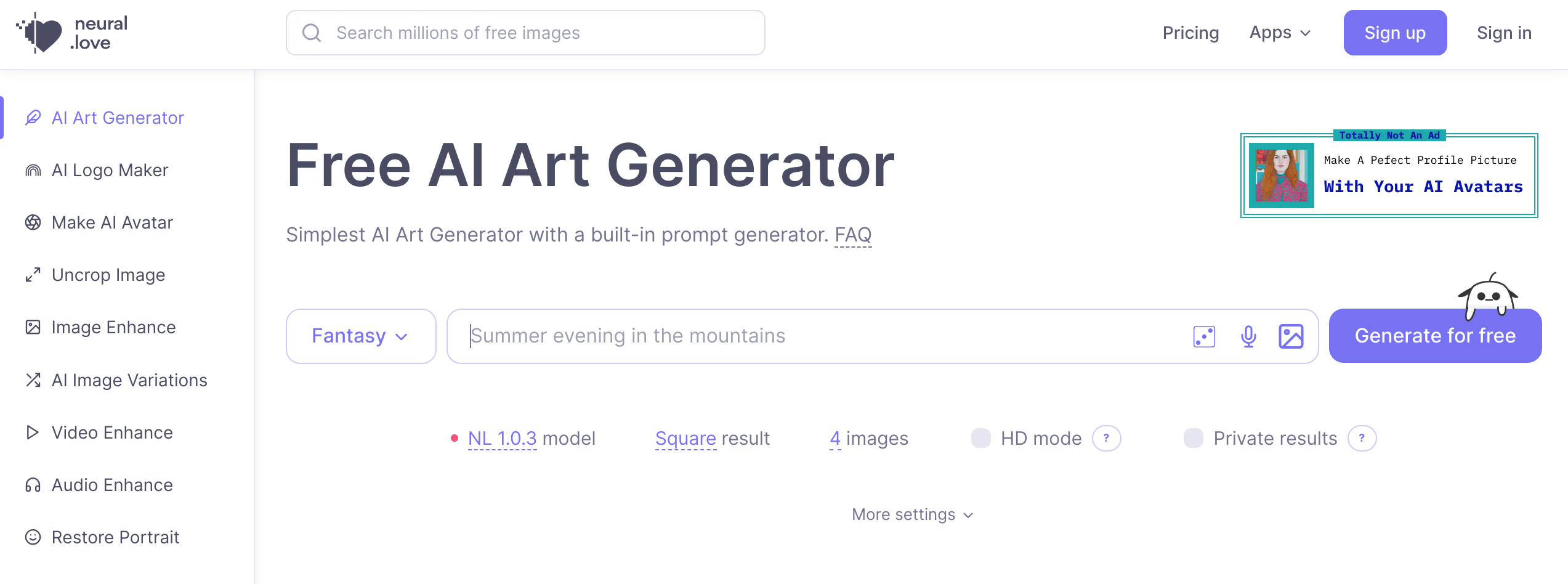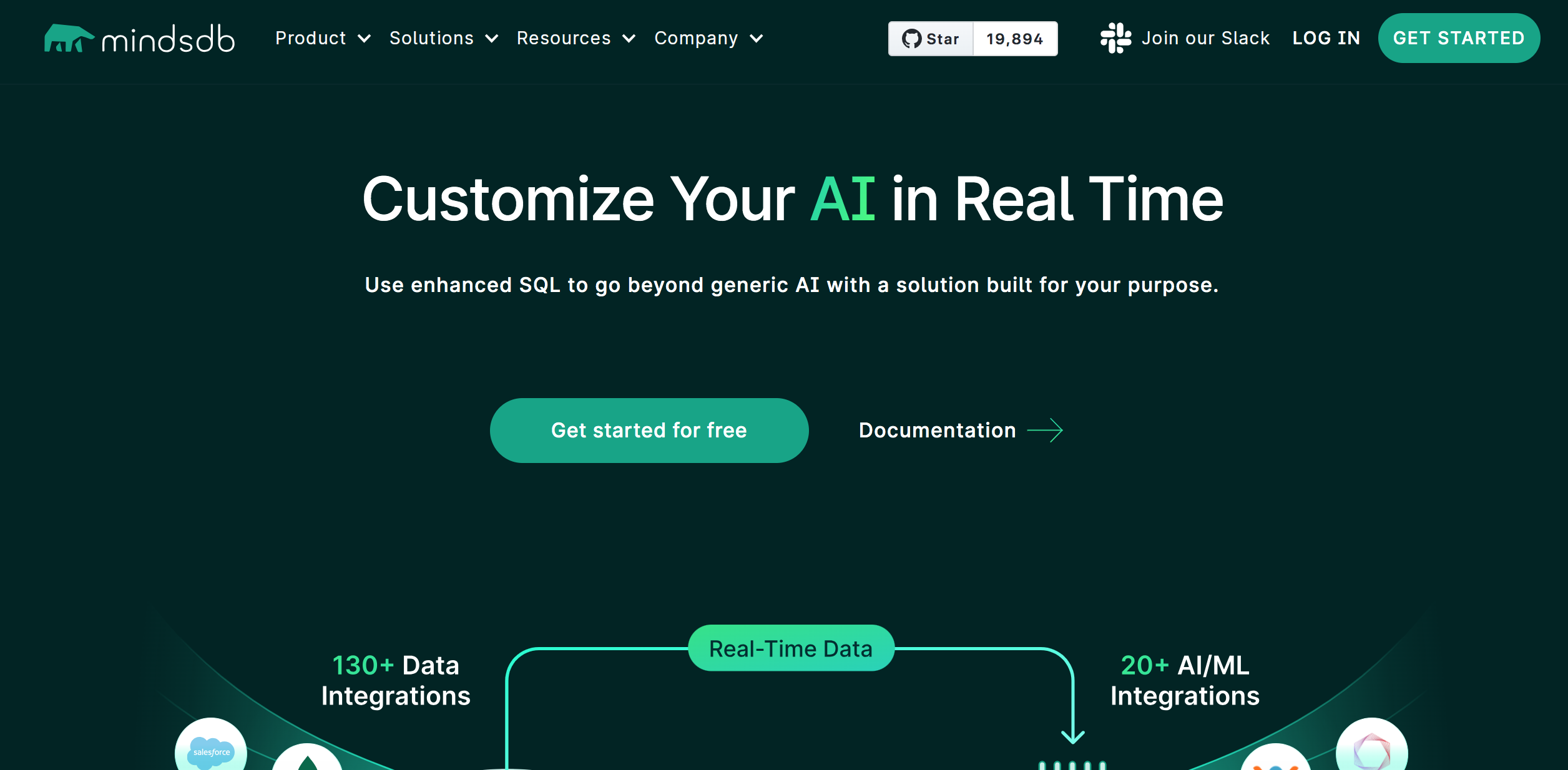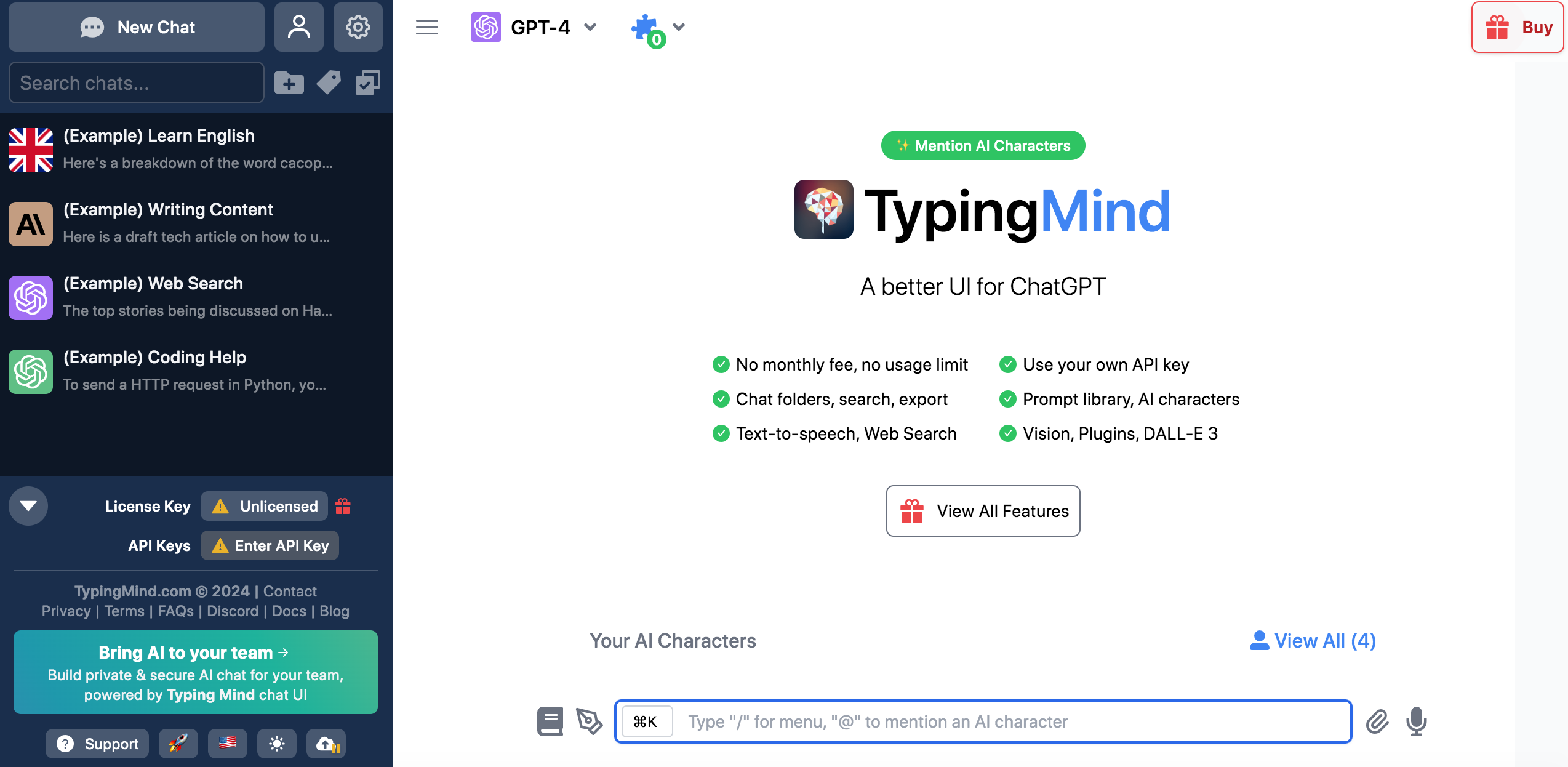Introduction:
The non-fungible token (NFT) market has garnered significant attention in recent years, revolutionizing the way digital assets are bought, sold, and owned. A recent report has projected remarkable growth for the NFT sector, with the market expected to reach a staggering $231 billion by 2030. This article delves into the factors driving the exponential growth of the NFT market and presents an extensive analysis supported by substantial data.
Projected Growth of the NFT Market:

The Concept and Appeal of NFTs:
Non-fungible tokens represent unique digital assets that can be bought, sold, and owned on the blockchain. The concept has gained immense popularity due to its ability to provide verifiable ownership and scarcity for digital content, including artwork, collectibles, virtual real estate, and more. The tangible value and exclusivity of NFTs have attracted a wide range of investors and enthusiasts, driving the market’s growth.

Factors Fueling NFT Market Growth:
Increased Adoption and Cultural Shift: The growing acceptance and understanding of NFTs have led to increased adoption across industries, including art, gaming, music, sports, and entertainment. This cultural shift towards embracing digital ownership has expanded the market’s potential and paved the way for substantial growth.

Blockchain Technology Advancements:
The underlying blockchain technology, with its immutability, transparency, and smart contract functionality, has provided a robust infrastructure for NFTs. As blockchain technology continues to evolve, it enhances the security, interoperability, and scalability of the NFT market, attracting more participants.
Artist Empowerment and New Revenue Streams:
NFTs offer artists, creators, and content owners new avenues for monetization and direct engagement with their audience. By selling digital assets as NFTs, artists can gain greater control over their work, establish a direct relationship with collectors, and explore innovative revenue models through royalties and secondary sales.

NFT Market Analysis and Projections:
Market Size and Revenue: The NFT market has witnessed exponential growth, with the total sales volume surpassing $20 billion in 2021 alone. Analyzing historical data and market trends, experts project the market to reach $231 billion by 2030.
Sector-wise Growth:
Various sectors are driving the growth of the NFT market. Art and collectibles have dominated the market, followed by gaming, virtual real estate, sports, and music. The following data presents the sector-wise distribution of the NFT market:

Regional Analysis:
Geographically, the NFT market has witnessed widespread adoption and growth. North America and Europe have been the leading regions, followed by Asia-Pacific and other emerging markets. The following data depicts the regional distribution of the NFT market:

While the NFT market shows immense promise, it also faces challenges that need to be addressed for sustained growth. Issues such as scalability, environmental impact, copyright infringement, and market saturation require careful consideration. However, these challenges also present opportunities for innovation, regulation, and sustainable practices, ensuring a healthier and more robust NFT ecosystem.
Conclusion:
The NFT market has emerged as a revolutionary force, transforming the way digital assets are valued, owned, and traded. With projected growth to $231 billion by 2030, the NFT market is poised for incredible expansion. Factors such as increased adoption, technological advancements, and artist empowerment are driving this growth.
As the concept of NFTs continues to gain widespread acceptance, industries across the board are embracing this new digital ownership paradigm. Art, gaming, music, sports, and entertainment are just a few sectors that have recognized the value of NFTs. This cultural shift, coupled with advancements in blockchain technology, has paved the way for the market’s significant growth.
Blockchain technology serves as the foundation for NFTs, offering immutability, transparency, and smart contract functionality. As the technology evolves, it provides a secure and scalable infrastructure for the market. This, in turn, attracts more participants and drives further adoption.
One of the key drivers behind the NFT market’s growth is the empowerment of artists and content creators. NFTs offer a unique opportunity for artists to monetize their digital assets directly and establish direct relationships with collectors. Through royalties and secondary sales, artists can explore new revenue streams and gain greater control over their work.
Analyzing the market’s historical data and trends, experts project the NFT market to reach an impressive $231 billion by 2030. The market is dominated by art and collectibles, with gaming, virtual real estate, sports, and music following closely behind. The regional distribution of the market shows North America and Europe leading the way, with Asia-Pacific and emerging markets also making significant contributions.

In conclusion, the NFT market’s projected growth to $231 billion by 2030 is a testament to its transformative potential. With increasing adoption, technological advancements, and artist empowerment, the market is on a trajectory of expansion. By understanding the market dynamics, trends, and challenges, stakeholders can navigate this exciting landscape and contribute to its sustainable growth.
